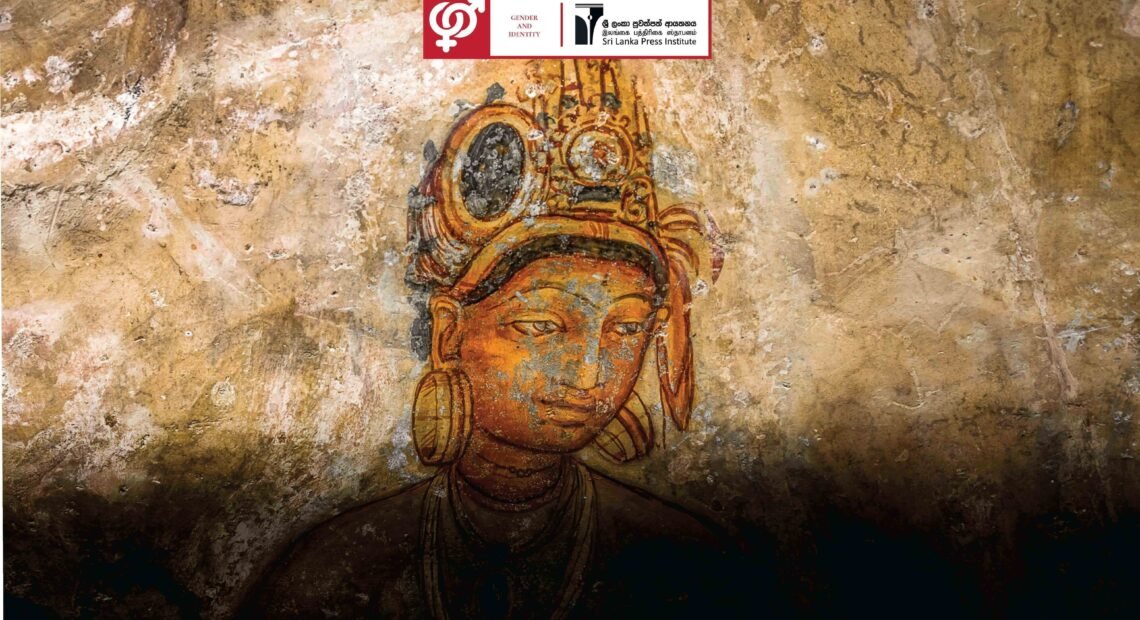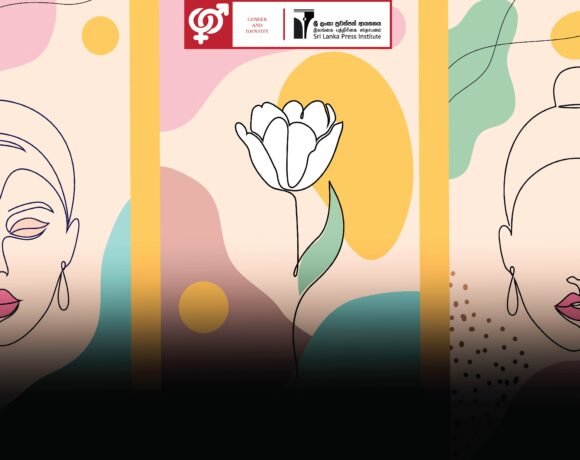
Queen Anula: Gender, Reconciliation & A Late Night Conversation
Natalie Soysa & Kasun Munasinghe
Pseudo-intellectual Lankan conversations are many here. We have them all the time and they are fun. One says Reconciliation. The other says Gender. And all of a sudden Queen Anula is the topic of discussion tonight.
Ever heard of her? The ‘evil’ queen? In fact, also the one and only queen of Sri Lanka whose historical record tells us nothing of how she ruled. It goes a little like this:
Queen Anula was a monarch according to our history books. She reigned during the Anuradhapura era for a mere five years. Short-lived though it was, her rule is a key point in the history of the country and as she was the first female head of state of the small island nation and arguably in all of Asia itself. Historians and the general population portray the Queen as a murderous, treacherous, power-hungry, and promiscuous. As if no king possessed these traits. As if it matters. When we undermine a woman for being like a man, we are unreconciled with the people standing next to us, just by fault of birth and gender.
After the death of King Valagambahu (77BC), his nephew was crowned King Makuli Mahatissa, superseding Choranaga, King Valagambahu’s son, leaving him short of a throne. The envious Choranaga bid his time for 14 long years till the death of King Mahakuli Mahatissa in order to reclaim the throne. When Choranaga was finally crowned, he took Anula, his chief consort, as his Queen.
Choranaga’s reign went on for 12 years until (we are told) Anula, with the help of members of the royal court, poisoned the king. At this point, Anula was queen in name only with no lineage to the throne. who didn’t possess any ruling powers, she had considerable control over the royal court. Kuda Tissa, the son of Mahakuli Mahatissa, succeeded Choranaga and also appointed Anula as his queen. Kuda Tissa’s reign lasted three years and also ended when Queen Anula poisoned him and appointed a guard of the palace in his place. At this point, even though Queen Anula was not officially in power, she had the entire royal court under her control. That’s powerful stuff for a person who had no lineage to the throne, but that’s not how we are told this story. It’s as if there is no need to consider her as a woman of power.
In popular culture and some historical texts, Queen Anula is merely termed as Anula Bisawa and not Anula Dewiya. The term Bisawa is used to identify a Queen Consort, who does not wield any meaningful power whereas Dewiya implies she is the monarch and the historical usage of these words are a clear indicator that even though she wielded the power of the throne, she is still not considered a real ruler. One can argue that it is this that led her to change from one “King” to another. After gaining power by killing King Kuda Tissa, she went on to change her consort on four different occasions. Historically, if a king is tired of his queen consort, all he had to do was switch her for a different consort. In the case of Queen Anula however, her consort wielded symbolic power while she maintained control over the position. Therefore, the only way for her to change the consort as a king does is to kill the person. One can argue that she was forced to use these methods as she did not want the figurehead king to gain any actual power over her kingdom.
Queen Anula’s tale is one written of murder, betrayal, and power hunger. But compared to her male counterparts, some of whom went on killing all their nephews on account of prophecies, her level of bloodshed and defiance is really no different to other leaders. According to historical literature, it was extremely common for kings to keep dozens or even hundreds of concubines for their pleasure. If it’s all the same, why is Queen Anula infamous for her male concubines and murders? Why has history portrayed her as a treacherous, villainous, wantonly woman when it was the norm for a monarch to be these things? Only because she was a woman. And there is something deeply wrong with how we view women and it doesn’t seem to change.
Even in this day and age, we see female politicians and powerful figures being crucified for things men easily get away with. We see divorce, adultery, and even the consumption of alcohol affecting males and females in different ways, socially. Be there power or not, females get the short end of the stick and we can’t seem to find a way out of it. These ideas will keep on sticking to us like glue until we are brave enough to be uncomfortable with the way we are.
The incapability of our society to make peace with the females in power has hindered the careers of numerous budding females where even a small incident can ensure the downfall of an entire career. Sri Lankan society, it seems, has not reconciled with women in power even after twenty centuries since the island’s first female leader. It is about time we reconcile with this, after all, we’ve only had a couple of thousand years, right.
And that was our conversation tonight. I wonder what we’ll tackle tomorrow. Race perhaps. Or religion. But that’s for another day. For now, goodnight.
අනුලා රැජින:ස්ත්රි පුරුෂ භාවය, සංහිඳියාව පිළිබඳව එක් රාත්රියක ඇතිවූ සංවාදයක්
அனுலா ராணி – பால்நிலை, நல்லிணக்கம் பற்றிய ஒரு நள்ளிரவு உரையாடல்








